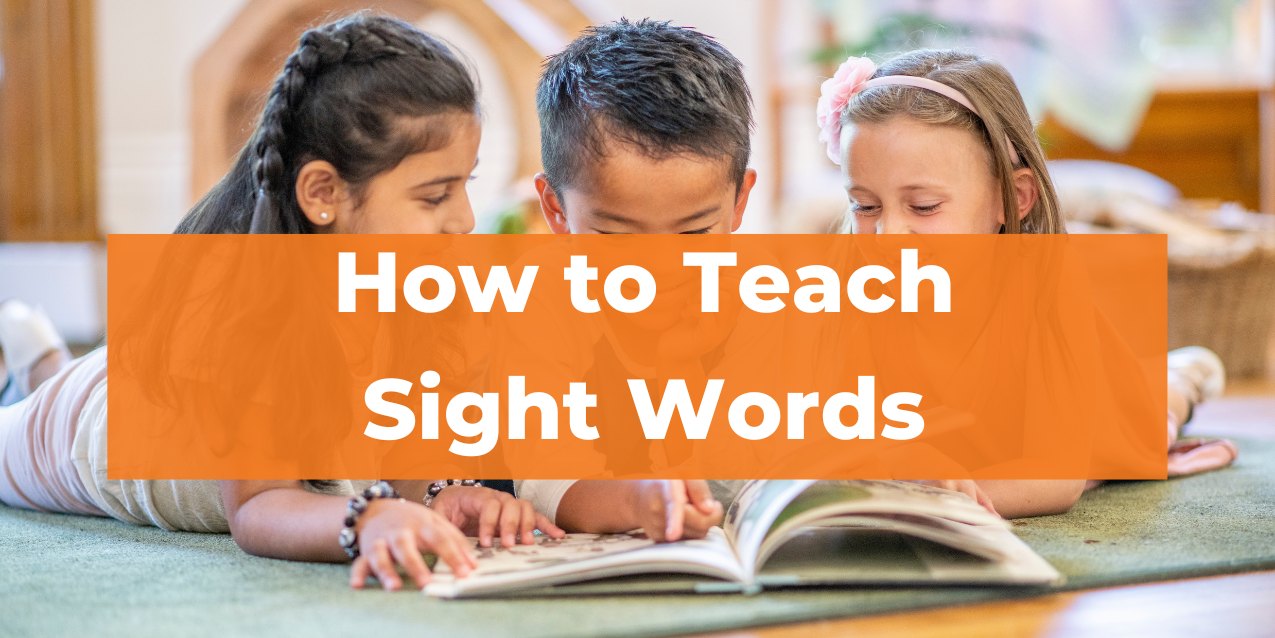As a reading teacher, I can show you how to teach sight words from years of experience. When I first started teaching, I erroneously thought children must memorize sight words. Yet after teaching for a few years, I realized that this memorization-only practice wasn’t always effective or the best practice for learners.
So how do you teach sight words?
You can teach sight words to children with specific, engaging sight word activities that I’ll share with you below.
What are sight words?
Are you wondering about the definition of sight words? Sight words are commonly used words that are not easy to decode or sound out.
Sight words are different from high-frequency words, which are also commonly used words but are decodable or able to be sounded out.
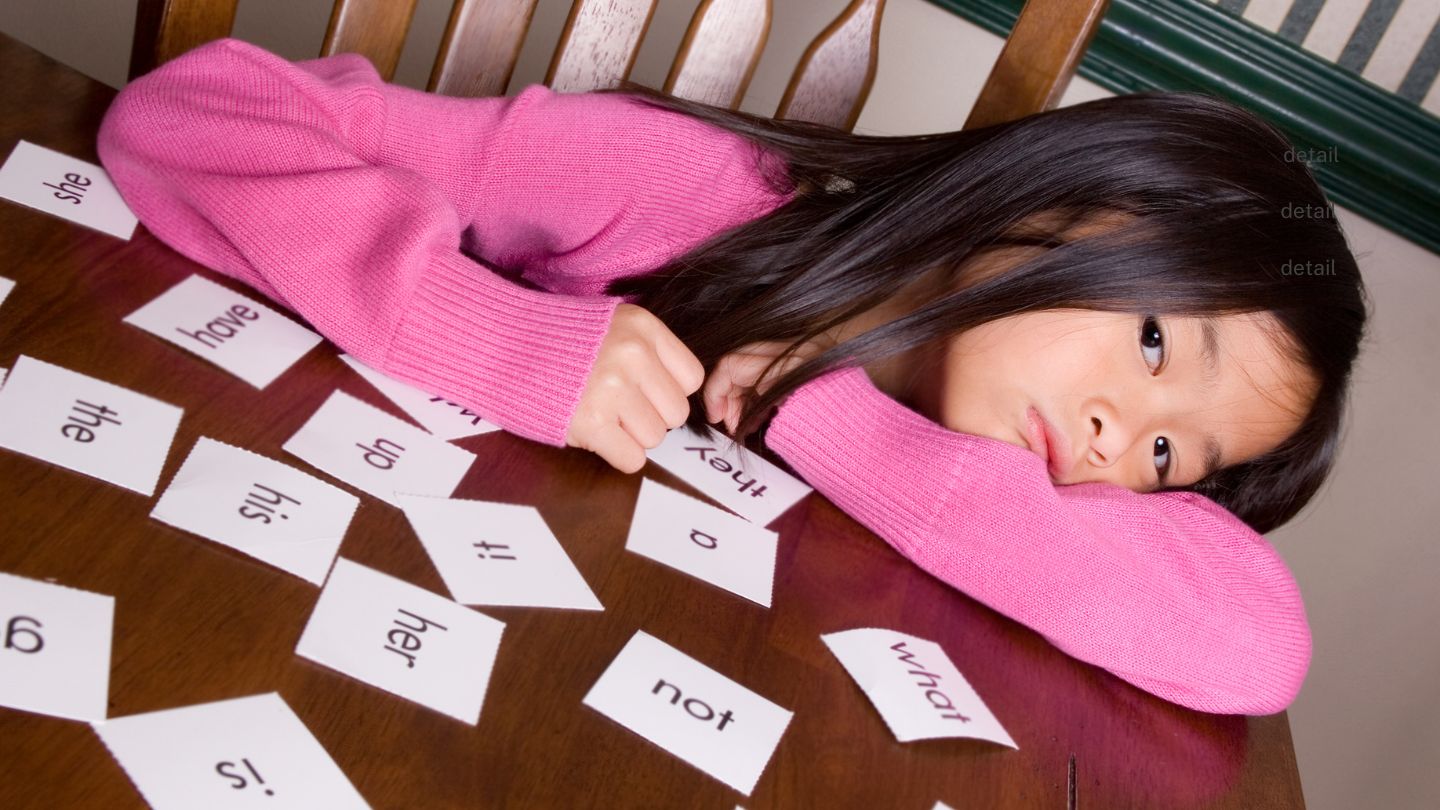
Early in my teaching, I was told to use flash cards and sight word lists to keep learners working on memorization. But, this was problematic. Memorization isn’t always easy, especially since many words look similar. Additionally, relying on memorization only can cause progress with phonics to stall because readers will want to try and memorize all kinds of words instead of sounding them out.
I wondered, what was a better way to teach students these difficult-to-decode sight words?
I am sharing what I learned with you based on my years of teaching experience.
How to Teach Sight Words
1. Phonics first!
When teaching reading, I always stress phonics instruction (and phonics blending) first and foremost.
What is phonics? Simply put, phonics is knowing all the letter sounds in the words and how to blend the sounds together. Knowledge of phonics is crucial for sounding out words. Even with sight words!
Give readers a chance to sound out the sight words, even if they don’t seem decodable. It will help connect the word to its letters and to a sound experience in their mind. I find this to be helpful even if they move on to memorizing specific sight words. (I only rely on memorization when it’s absolutely necessary.)
2. Chat With The Teacher
If your child is learning to read at school or another learning facility, check in with the teacher to see how they are teaching sight words. Some schools use programs like Dolch or Frye that include lessons and sight word lists for grades one and up.

3. Sight Word Games
But how do you teach sight words when kids are trying to memorize the words? Try using sight word games and context instead of flashcards.
You can buy ready-made games, like Sight Word Bingo, or make up your own!
Another fun sight word activity is to write sight words on Magna Tiles and have readers add them in the appropriate spot in a sentence written on a magnetized whiteboard. Anything that can give context and build success! (Plus, writing sight words gives repeated exposure and practice.)
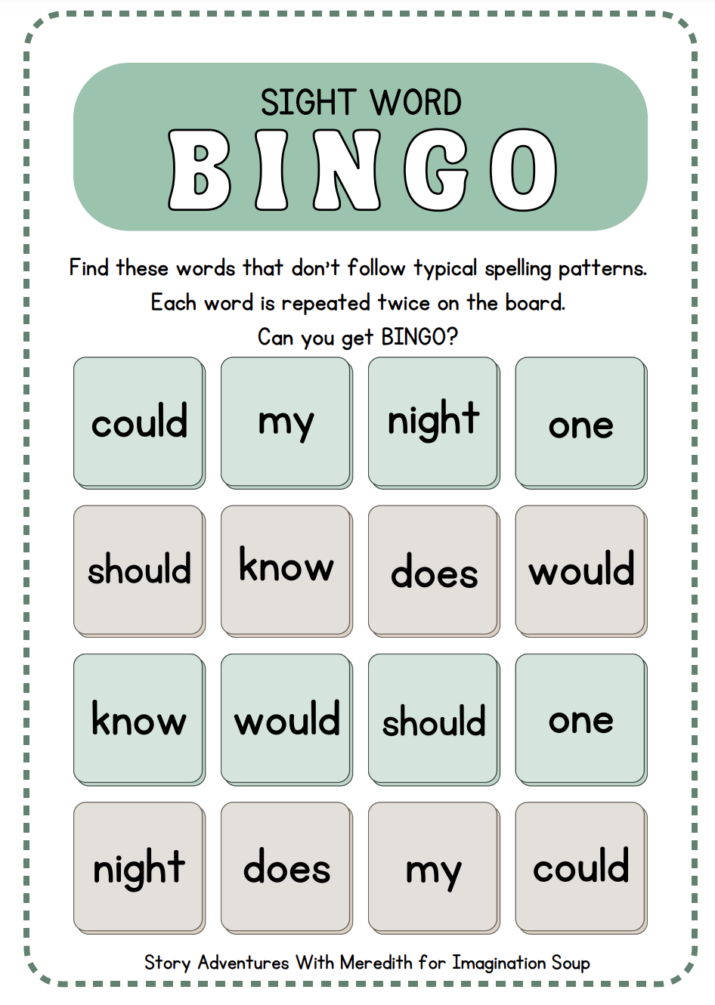
4. Sight Words Only
When you are working with sight words that they are sight words and not high frequency words. Many different reading lists combine these two, and that is a mistake. I’d always rather teach readers to sound out high frequency words than memorize them.
5. Assess Other Reading Skills
Even when working on memorization of sight words, keep assessing reading skills in other areas. If you have a sentence written down, see if the child can read any other words in the sentence. Can they blend sounds? Are they able to figure out a sight word using context clues? Knowing how reading is progressing in all areas, including comprehension, will help give a step up.

6. Activate The Memory
Whenever I have a task to teach a child that includes remembering something, I always work on activating the memory first!
With young children, telling stories, singing songs, and connecting to something in their life all help with this. This is how to teach sight words or other “reading rules,” too.
Make up a song or story about sight words–or about one in particular that a reader is struggling with–and it may help them remember it repeatedly.
7. Talk It Out
Talk about why you are learning sight words and the differences between them and high frequency words. Some high frequency words contain the silent magic E, which can also be hard to decode. Talking about the rules of reading can help demystify them and make reading easier in the long run. You can also talk out each sight word by identifying each letter and its sound and why it might not seem decodable using phonics.
8. Go Slow
You don’t have to rush through this! Keep assessing reading skills and working on phonics and decoding first. If there are some sight words that you feel would be helpful to memorize, you can add that in as reading progresses. If things don’t seem to be progressing in multiple areas, you might want to look for additional support or assessments.
Reading is a process, but it can also be fun! Adding reading games, singing silly word songs, and other activities can keep it light. I always keep reminding my reading students that they are smart smarties, and that they know their brains best. If I ask for their ideas on how to memorize something or practice a reading skill, they always give me such good ones! I especially love when they make up a song or story about a word or letter sound that gives them trouble. It usually works wonders!
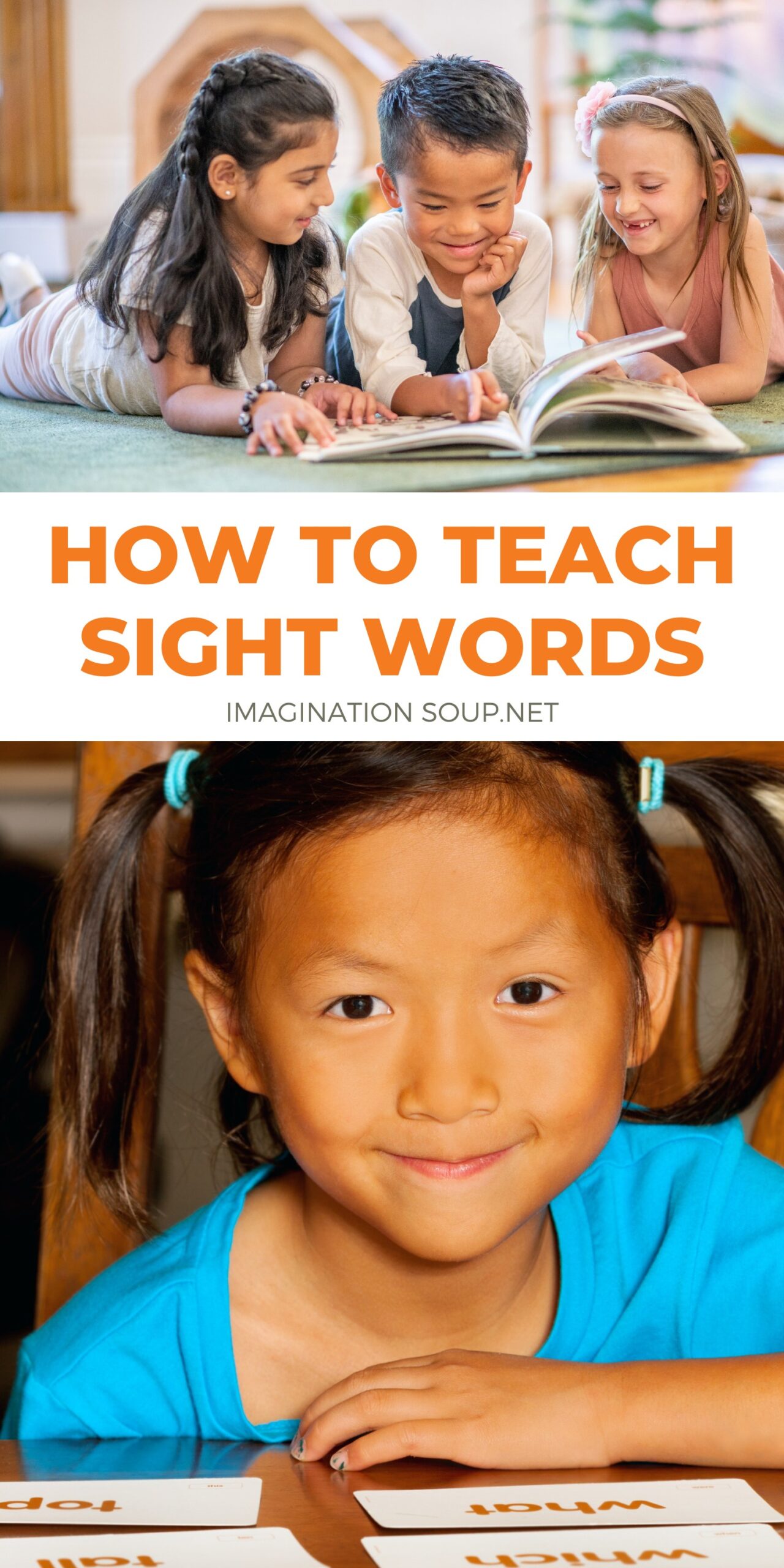
KEEP READING
Decodable vs. Predictable Book
Stop Word Guessing
Movies Based on Books

 PARENTING TIPS
PARENTING TIPS







 PREGNANCY
PREGNANCY








 BABY CARE
BABY CARE








 TODDLERS
TODDLERS








 TEENS
TEENS



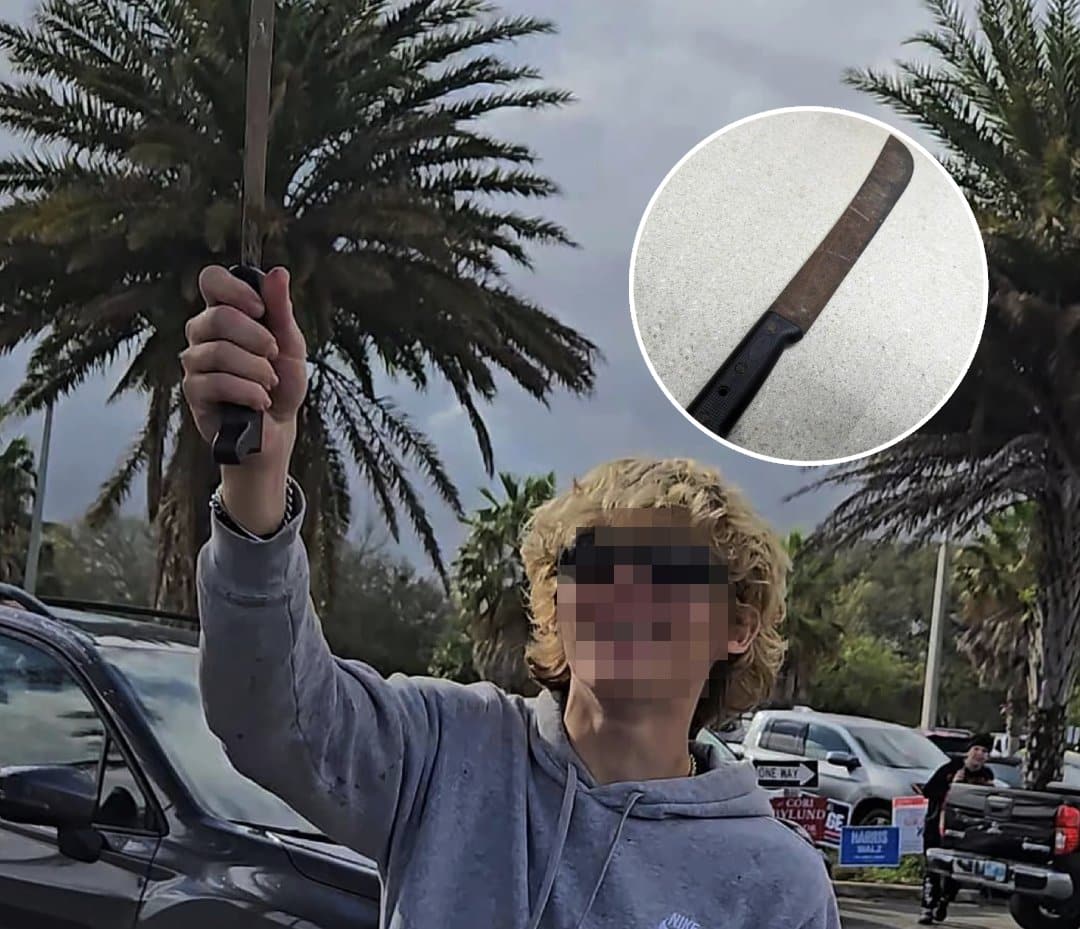




 HEALTH CARE
HEALTH CARE







 ACTIVITIES & CRAFTS
ACTIVITIES & CRAFTS








 CONTACT
CONTACT ABOUT
ABOUT